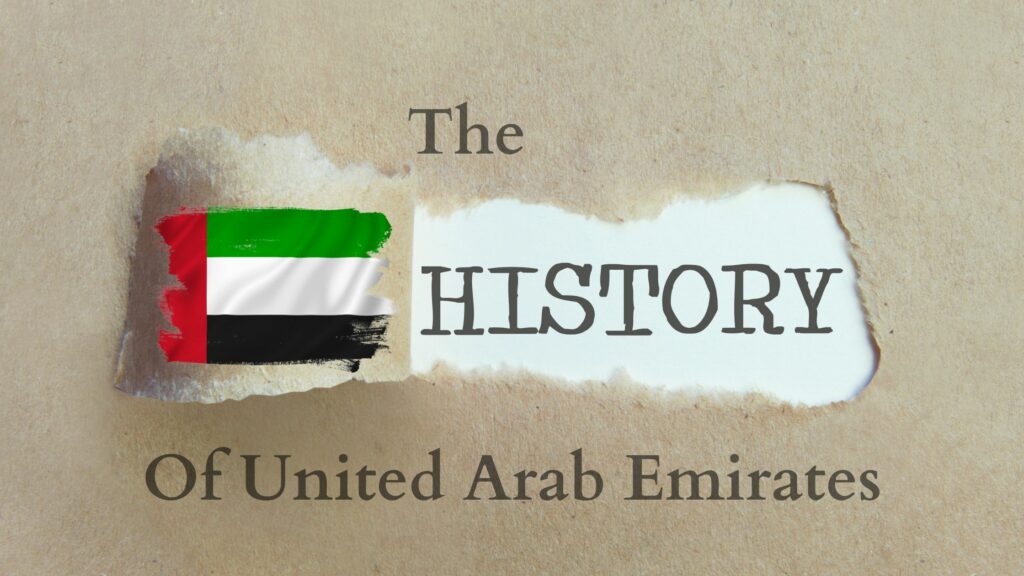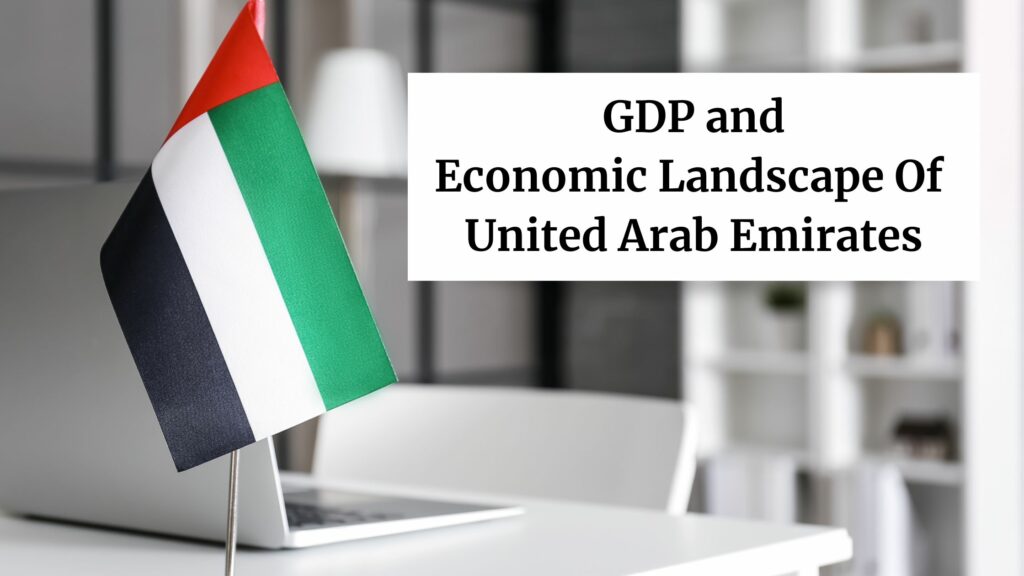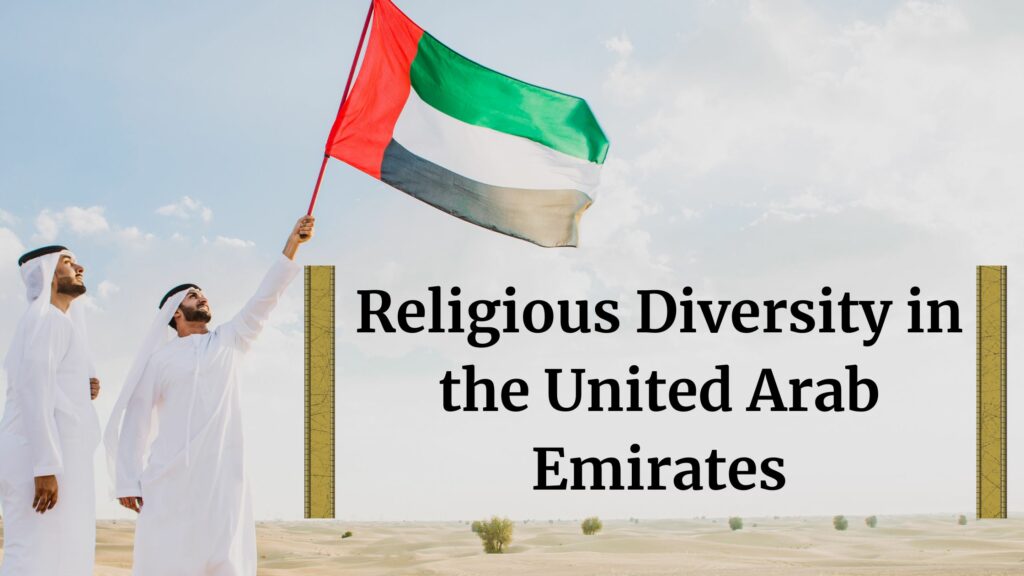The United Arab Emirates (UAE) is a relatively young nation, but one with a rich historical heritage that stretches back thousands of years. Located in the southeastern corner of the Arabian Peninsula, this federation of seven emirates – Abu Dhabi, Dubai, Sharjah, Ajman, Umm Al Quwain, Ras Al Khaimah and Fujairah – has transformed over the centuries from a sparse desert inhabited by nomadic Bedouin tribes to a vibrant, cosmopolitan society and economic powerhouse.
What is the History of the United Arab Emirates
The area we now know as the UAE has been a strategic crossroads connecting Africa, Asia and Europe for millennia, with archaeological evidence indicating human settlement dating back to the Stone Age. Throughout antiquity, various civilizations controlled the region at different times, including the Babylonians, Persians, Portuguese and British. However, it was the discovery of oil in the 1950s that truly ushered in a new era of prosperity and development for the emirates.
When did the UAE gain independence?
After gaining independence from Britain in 1971, the UAE rapidly modernized under its founding ruler, Sheikh Zayed bin Sultan Al Nahyan. Within a few short decades, cities like Abu Dhabi and Dubai transformed from sleepy fishing villages into modern, towering megapolises. Yet the Emirates’ leaders have also worked tirelessly to preserve their rich Arab cultural heritage and traditions alongside this stunning economic growth. Today, the United Arab Emirates stands as a global hub for business, trade, tourism and innovation. However, its history reveals a captivating story of resilience, vision, and human ingenuity overcoming the challenges of a harsh desert environment to create one of the most dynamic nations in the Middle East.
How old is the UAE as a country?
The United Arab Emirates (UAE) is a relatively young country, having gained independence from Britain and officially formed as a nation on December 2, 1971.
Key facts about the age and formation of the UAE:
- Prior to 1971, the territory now comprising the UAE was known as the Trucial States, a collection of sheikhdoms along the Persian Gulf coast that had been under British protection since the 19th century.
- On December 2, 1971, six of the seven emirates – Abu Dhabi, Dubai, Sharjah, Ajman, Umm Al Quwain, and Fujairah – merged to create the United Arab Emirates.
- The seventh emirate, Ras Al Khaimah, joined the UAE federation in February 1972, completing the seven emirates that make up the modern UAE.
- Therefore, the UAE celebrated its 50th anniversary as a unified nation on December 2, 2021, marking half a century since its founding in 1971.
- Before unification in 1971, the individual emirates had histories dating back hundreds of years, with the Al Nahyan and Al Maktoum families ruling Abu Dhabi and Dubai respectively since the 18th century.
What was the UAE like before its formation in 1971?
Prior to its unification in 1971, the region that is now the United Arab Emirates consisted of seven separate sheikhdoms or emirates known as the Trucial States.
These sheikhdoms had existed for centuries under shifting control by various imperial powers like the Portuguese, Dutch, and British. They survived on revenues from pearling, fishing, nomadic herding, and some maritime trade.
Some key points about the pre-1971 UAE region:
- The region was sparsely populated by nomadic Bedouin tribes and small fishing/pearling villages along the coast.
- With its harsh desert climate, the interior had little permanent settlement or agriculture beyond oasis towns.
- The economy was based on subsistence activities like pearl diving, fishing, herding, and basic trade.
- Each emirate was an absolute monarchy ruled by a sheikh from one of the prominent regional families.
- There was little modern infrastructure or development in place before oil exports began in the 1960s.
- Abu Dhabi and Dubai were extremely undersized towns compared to their modern prominence as cities.
- The British maintained military protectorates and loose political control over the Trucial States’ external affairs.
So in essence, the pre-1971 UAE was a very different collection of relatively underdeveloped tribal sheikhdoms before the modern nation’s founding and radical transformation driven by oil wealth after the 1960s.
What were the major challenges in UAE’s past?
Here are some of the major challenges the UAE faced in its past before and during its formation:
Harsh Natural Environment
- The UAE is located in an extremely arid desert climate, making survival and development very difficult prior to modern times.
- Water scarcity, lack of arable land, and scorching temperatures posed constant challenges for human settlement and economic activity.
Subsistence Economy
- Before oil exports began, the region had a subsistence economy based on pearl diving, fishing, nomadic herding, and limited trade.
- There was little industry, infrastructure or modern economic development until oil revenues allowed for rapid transformation starting in the 1960s.
Tribal Divisions
- The 7 emirates were historically governed as separate sheikhdoms by different tribal factions and ruling families.
- Uniting these disparate tribes into a cohesive nation presented political and cultural obstacles that had to be overcome.
British Influence
- As the Trucial States, the emirates were under varying degrees of British protection and influence before independence in 1971.
- Establishing full sovereignty while managing the departure of British forces and advisers was a transitional challenge.
Creation of National Identity
- Fostering a distinct national Emirati identity and citizenship while respecting the customs of the 7 different emirates required careful policymaking.
- Developing an overarching UAE nationalism out of tribal/regional loyalties was an early hurdle.
What are the key events in the history of the UAE?
| 1758 | The Al Nahyan family expels Persian forces and establishes control over the Abu Dhabi region, beginning their reign. |
| 1833 | The Perpetual Maritime Truce brings the Trucial States under British protection and influence. |
| 1930s | The first oil reserves are discovered in the Trucial States, setting the stage for future wealth. |
| 1962 | Crude oil exports begin from Abu Dhabi, ushering in an economic transformation. |
| 1968 | The British announce plans to end their treaty relationships with the Trucial States. |
| December 2, 1971 | Six emirates (Abu Dhabi, Dubai, Sharjah, Ajman, Umm Al Quwain, Fujairah) formally unite to create the United Arab Emirates. |
| February 1972 | Seventh emirate of Ras Al Khaimah joins the UAE federation. |
| 1973 | The UAE joins OPEC and sees a massive influx of oil revenues after the oil crisis. |
| 1981 | UAE Vice President Sheikh Rashid bin Saeed Al Maktoum initiates a strategic plan to diversify the economy beyond oil. |
| 2004 | The UAE holds its first ever partially-elected parliament and advisory body elections. |
| 2020 | The UAE launches its first mission to Mars, the Hope orbiter, cementing its space ambitions. |
| 2021 | The UAE celebrates the 50th anniversary of its founding and announces the next 50 economic plan. |
These events highlight the Trucial region’s origins, British influence, key milestones in UAE’s unification and development powered by oil, and its more recent diversification efforts and space achievements.
Who were the key figures in UAE’s history?
- Sheikh Zayed bin Sultan Al Nahyan – The principal founding father who became the first President of the UAE in 1971 after already ruling Abu Dhabi since 1966. He unified the emirates and guided the country through its early decades.
- Sheikh Rashid bin Saeed Al Maktoum – The influential ruler of Dubai who initially opposed UAE unification but later joined as Vice President in 1971. He helped transform Dubai into a major business hub.
- Sheikh Khalifa bin Zayed Al Nahyan – The current President, he succeeded his father Sheikh Zayed in 2004 and has continued economic diversification and development policies.
- Sheikh Mohammed bin Rashid Al Maktoum – The current Prime Minister, Vice President and ruler of Dubai, he has overseen Dubai’s explosive growth as a global city since the 2000s.
- Sheikh Saqr bin Mohammed Al Qasimi – The longest-serving ruler, he governed Ras Al Khaimah for over 60 years until 2010 and opposed British influence.
What role did oil play in shaping UAE’s history?
- Prior to oil’s discovery, the region was very underdeveloped, with a subsistence economy based on fishing, pearls and basic trade.
- In the 1950s-60s, major offshore oil deposits began to be exploited, providing vast wealth that funded infrastructure, development and social services.
- Oil revenues allowed the UAE to rapidly modernize after gaining independence, transforming from a poor backwater to a wealthy nation in a few decades.
- However, the UAE leadership also recognized oil’s finite nature and has used revenues to diversify the economy into tourism, aviation, real estate and services.
- While no longer dependent solely on oil, the prosperity brought by hydrocarbon exports was the catalyst that enabled the UAE’s meteoric economic rise and modernization.
So oil wealth was the critical game-changer that lifted the emirates from poverty and allowed the vision of UAE’s founders to be realized so rapidly after 1971.
How has the UAE evolved over time in terms of its culture, economy, and society?
Culturally, the UAE has maintained its Arab and Islamic heritage while also embracing modernity. Traditional values like hospitality coexist with openness to other cultures. Economically, it transformed from a subsistence economy to a regional trade and tourism hub powered by oil wealth and diversification. Socially, tribes and extended families remain important but society has rapidly urbanized as expatriates outnumber locals.
How has the UAE’s history influenced its current state?
The UAE’s history as a tribal desert territory under British influence shaped its contemporary institutions and identity. The federal system balances the autonomy desired by the 7 former sheikhdoms. The ruling families maintain political authority while guiding economic development. Leveraging oil wealth to build a diversified trade economy reflects lessons from the pearling industry’s past decline.
What are some significant historical places to visit in the UAE?
Al Fahidi Historical Neighborhood (Dubai) – This renovated fort area showcases traditional architecture and museums on Emirati heritage. Qasr Al Hosn (Abu Dhabi) – The oldest stone building in Abu Dhabi dating to the 1700s, formerly home to the ruling family. Mleiha Archaeological Site (Sharjah) – Remnants of an ancient human settlement with tombs and artifacts over 7,000 years old. Fujairah Fort (Fujairah) – A restored Portuguese-built fortress from 1670 overlooking the city’s oldest neighborhoods.



